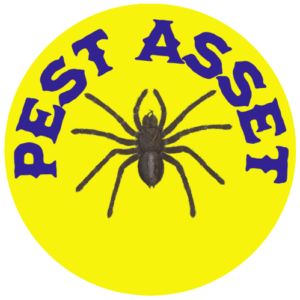Flies: A Pest to Avoid
Introduction
Flies comprise over 16,000 species of insects in the order Diptera, meaning “two wings.” Only a small percentage seek to live among humans, sharing our food wastes and structures as ideal locations to breed. While mostly just a nuisance, some spread disease making control around homes paramount [1].
Facts About Flies
Life Cycle:
The lifecycle unfolds gradually, progressing through egg, larva, pupa, and adult stages. In optimal temperatures around room temperature, house flies develop from egg to adult in 6 to 7 days. Each female produces up to 500 eggs in her short 2-week lifespan. She deposits eggs mixed with decaying matter that serves as the immediate food source upon hatching [2].
Feeding & Behavior:
Different species exhibit unique feeding behaviors depending on mouthpart type. House flies sponge liquefied foods through their proboscis straw-like mouth. Stable flies jab with piercing mouthparts to attack cattle, dogs, and humans to extract blood. Blow flies utilize sponging mouthparts to consume fluids from garbage and feces.
Attracted by smells, they frequently vomit and defecate as they land and feed, transferring bacteria like Salmonella and E. coli across surfaces and food. Maggots burrow deep into moist decaying organic matter.
Disease Spread:
House flies regurgitate and eliminate waste every few minutes as they wander among filth. Each one transfers millions of bacteria daily including Salmonella, E. coli, and parasites across food prep surfaces [3]. Any breach of the skin from biting stable or black flies allows direct disease introduction into the blood that may incubate for days before illness starts.
How to Control Flies
- Remove Trash – Flies need filth to breed. Prompt waste disposal eliminates egg-laying sites.
- Install Screens – Screens on doors/windows prevent indoor entry without chemicals.
- Use Traps – Sticky traps draw and catch flies while zappers electrocute them.
- Apply Repellents – Essential oils like lemongrass, eucalyptus, and basil deter flies.
- Employ Baits – Baits combine sugars, fly pheromones, and minute toxins for control.
- Release Predators – Mini wasps seek out and parasitize fly pupae to prevent new generations.
- Hire a Professional – Experienced exterminators apply targeted insecticides that destroy larvae and adults while preventing legal liability and excess contamination.
Pest Asset’s Fly Control Services
The techs at Pest Asset tailor plans that safely knock down infestations and maintain protection long-term leveraging non-toxic methods first then judicious treatments only as needed. We even proactively inoculate known breeding sites like dumpsters with parasitic wasps to biologically suppress populations. Expect highly trained specialists providing options like:
- Targeted applications concentrating on known infestations
- Broad exterior treatments around the property
- Installation of long-term fly light traps
- Sealing cracks that allow indoor entry
Conclusion
Flies easily exploit human dwellings and waste to breed prodigious populations. They annoy, bite and spread dangerous diseases across food preparation and dining areas. Address infestations proactively before exponential growth occurs through sanitation and exclusion. Where substantial fly issues arise, leave removal to qualified experts leveraging biological controls first then least-toxic precision applications to eliminate breeding populations safely at the source across your property.
References
https://www.planetnatural.com/pest-problem-solver/housefly-control/



